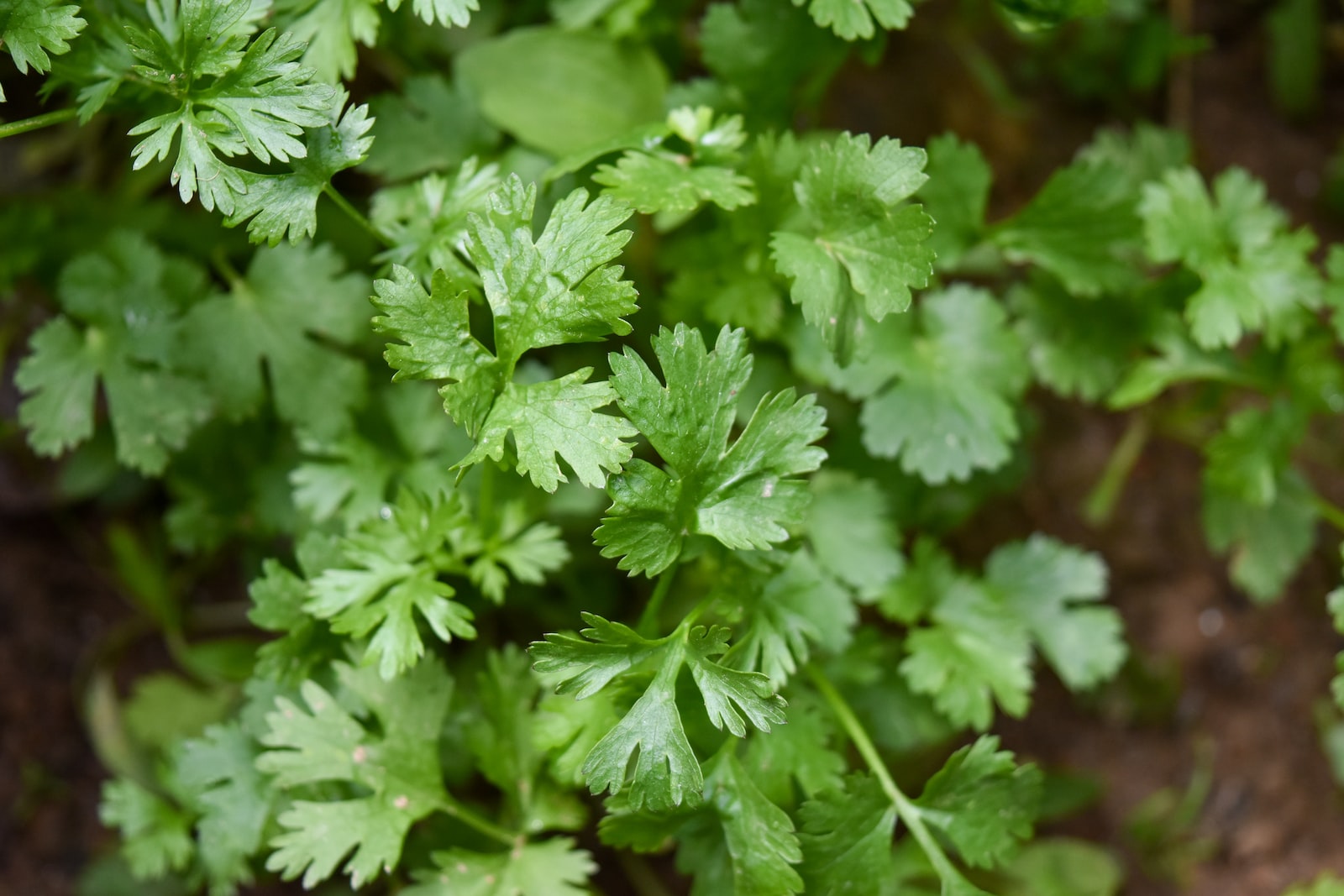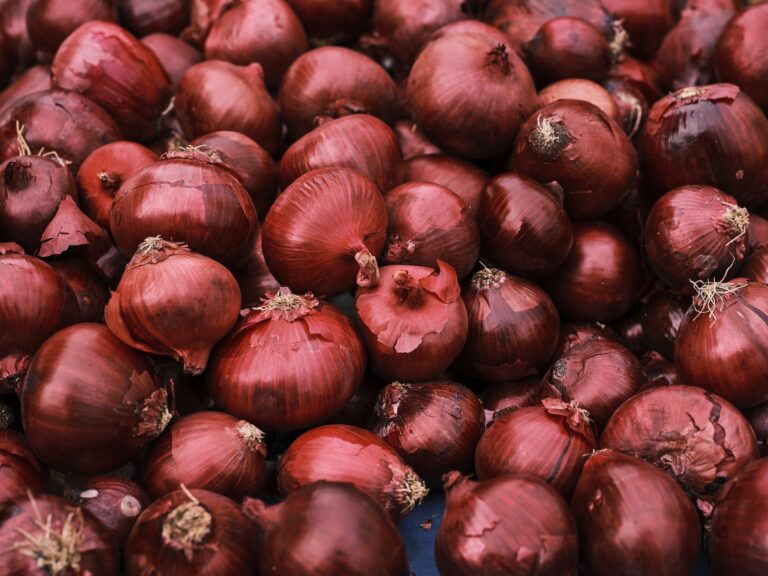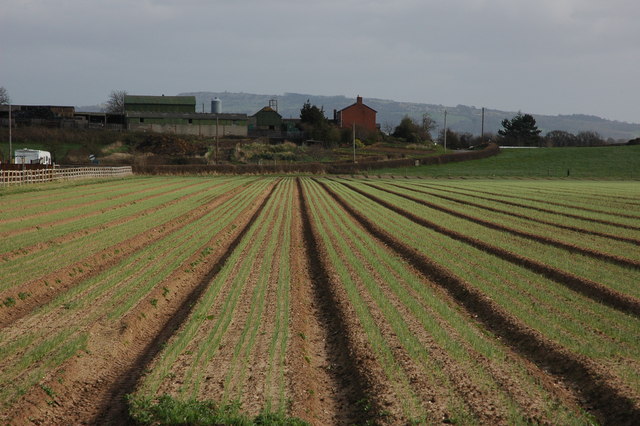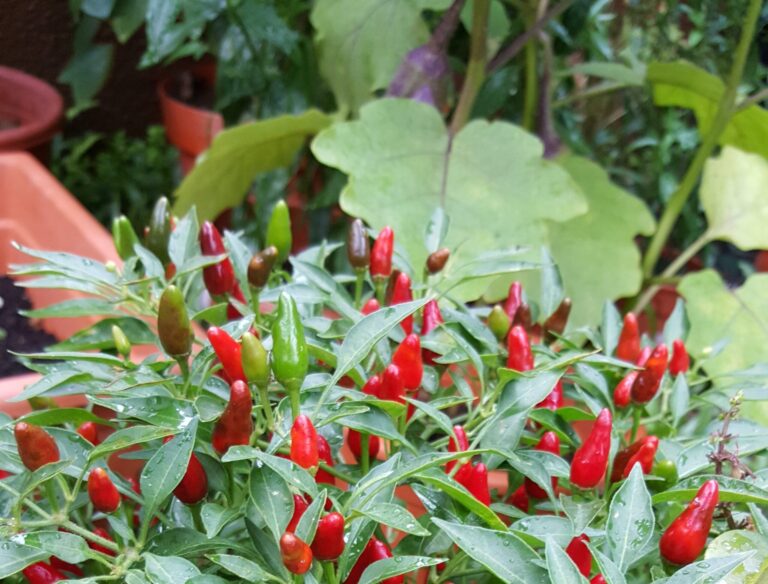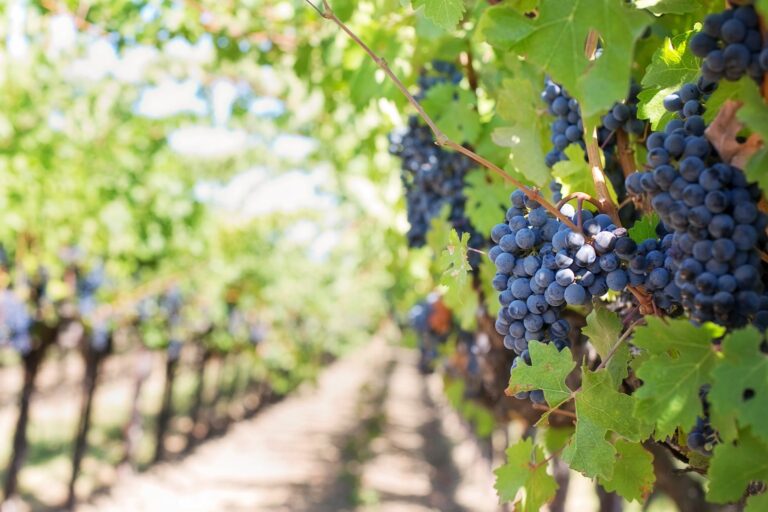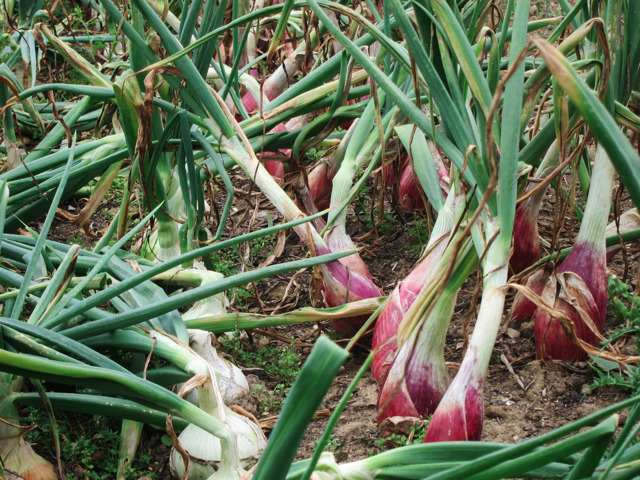Complete Guide to Dhania Farming Kenya
Dhania, also known as coriander, is a popular herb that is used in a wide range of dishes and cuisines worldwide. It is a versatile herb that can be used both fresh and dried, and it is a staple in many Kenyan kitchens. Dhania farming in Kenya is a profitable venture that can provide a steady income for farmers who are willing to invest time and effort into the crop. In this article, we will take a closer look at the complete guide to dhania farming in Kenya, including the best practices for planting, growing, harvesting and drying dhania leaves.
Regions where Dhania can be Grown in Kenya
Dhania, also known as coriander, can be grown in various regions in Kenya, including the following:
- Central region: including Nairobi, Kiambu, Murang’a, and Nyandarua
- Western region: including Kisumu, Kakamega, and Bungoma
- Eastern region: including Machakos, Kitui, and Makueni
- Coastal region: including Mombasa, Kwale, and Kilifi
- Rift Valley region: including Nakuru, Eldoret, and Kericho
It should be noted that the specific regions where dhania can be grown will depend on factors such as soil type, rainfall, and temperature. Additionally, dhania can also be grown in greenhouses in areas where the climate may not be suitable for outdoor cultivation.
The Importance of Dhania Farming in Kenya
Dhania is an important crop for many farmers in Kenya because it is a valuable cash crop that is in high demand. Dhania is used in a wide range of dishes and cuisines and is a staple in many Kenyan kitchens. The global dhania market is projected to reach USD 1.9 billion by 2027, growing at a CAGR of 6.5% during the forecast period. Dhania is grown throughout Kenya, and its export revenue is significant. Dhania farming can help farmers to diversify their income streams and increase their earning potential.
Choosing the Right Variety of Dhania
There are many different varieties of dhania, but the most commonly grown variety in Kenya is Coriandrum sativum. This variety is known for its high yield and high-quality leaves, which are used in a wide range of dishes and cuisines. Coriandrum sativum is an annual herb that can grow up to 50 cm in height, and it requires well-draining soil and adequate sunlight to grow.
Preparing the Soil for Dhania Farming
Dhania requires well-draining soil that is rich in organic matter. The ideal soil pH for dhania farming is between 6.0 and 7.0. The soil should be well-aerated and free of weeds and other unwanted plants. Before planting, the soil should be prepared by adding well-rotted manure or compost to improve its fertility. The soil should be tilled to a depth of at least 15cm to ensure that the roots of the dhania plants can penetrate deep into the soil.
Planting Dhania
Dhania can be propagated using seeds or through the use of seedlings. When using seeds, they should be planted in a seed tray filled with a seedling mix, and kept in a warm and humid environment until they have germinated. Alternatively, seedlings can be purchased from nurseries and transplanted into the field. It is important to space the plants at least 15 cm apart to ensure adequate space for growth and to facilitate proper air circulation.
Caring for Dhania Plants
Once the dhania plants are established, they require regular care to ensure that they grow and produce high-quality leaves. Dhania plants require consistent moisture and should be watered regularly, especially during dry periods. They also require regular fertilization, which should be done using a balanced fertilizer that is rich in nitrogen, phosphorus, and potassium. Dhania plants should also be pruned regularly to remove dead or damaged growth and to promote healthy new growth.
Harvesting and Drying Dhania Leaves
Dhania leaves are ready to be harvested when they are fully mature, typically after about 60 days after planting. The leaves should be picked by hand, taking care not to damage the plants. Once the leaves are harvested, they must be dried to preserve their flavor and aroma. Drying can be done by spreading the leaves out on a tray and placing them in a warm, well-ventilated area until they are dry and brittle. Alternatively, the leaves can be dried in a dehydrator or in a low-temperature oven.
Marketing and Selling Dhania
Once the dhania leaves have been dried, they can be sold to local and international buyers. Dried dhania leaves are highly popular and can be sold to spice traders, supermarkets, or to the food and beverage industry. Fresh dhania leaves can also be sold to local markets, supermarkets or to the food and beverage industry.
Conclusion
Dhania farming in Kenya can be a profitable venture for farmers who are willing to invest time and effort into the crop. Dhania is a valuable cash crop that is in high demand globally and Kenya is among the leading producers of dhania. With the right variety of dhania, proper soil preparation, and consistent care, farmers can produce high-quality dhania leaves that can be sold to local and international buyers. Dhania farming can help farmers to diversify their income streams and increase their earning potential.

